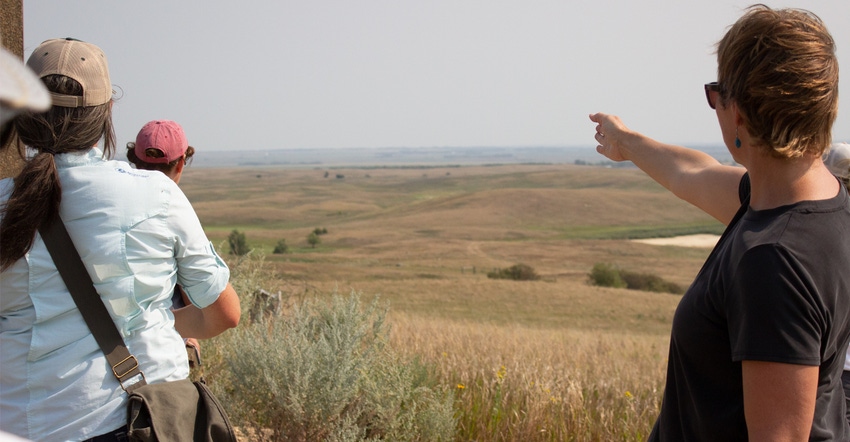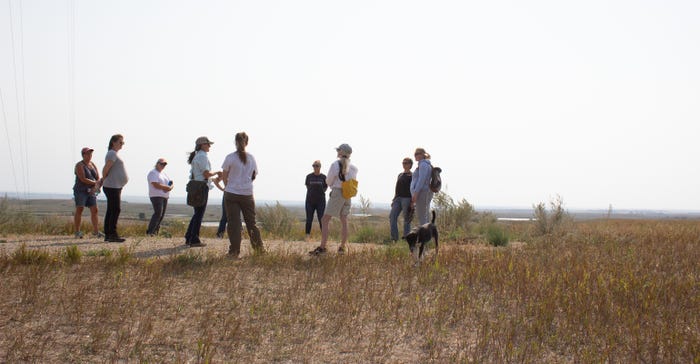
Something that brings together agriculturalists and conservationists is a shared passion for the land. Take two groups — Pheasants Forever and Women Caring for the Land.
Pheasants Forever is a nonprofit hunting and wildlife conservation organization that focuses on habitat conservation, education and outreach, conservation advocacy, and protection of public land for future generations.
Women Caring for the Land is a program developed by the Women, Food and Agriculture Network with events put on by Pheasants Forever. These events bring together woman landowners who have an interest in conservation and how they can incorporate conservation-minded practices within their farming or ranching operations. A total of 11 women gathered at a recent event focused on networking and education surrounding grazing and rangeland management.
Hannah Hayes is the education and outreach coordinator for North Dakota Pheasants Forever. “Pheasants Forever has a long history of working with private landowners to deliver voluntary conservation, and Women Caring for the Land events are an extension of that,” she says. “We host these events and focus on having a low number of participants to keep conversation engaged and allowing for more storytelling.”
Conservation connection
The event focused on the partnership between landowner Nici Flann and first-generation rancher Liz Smith, along with the grazing practices they implement.
“It’s amazing to have this collaborative relationship with a landowner where we have so many common conservation goals,” Smith says. “Our cows are managing [Flann’s] wildlife habitat and her habitat is sustaining our cows.”

Flann explains the history and future goals for her land: “My parents bought the property in 2000, and my mom gifted me her portion, so now I co-own this with my dad. He’s a farmer, and originally he had row-crops on it to get some income from the property. It has always been my goal to get away from row-cropping and purely into grassland and ranching.”
Through work with several conservation societies, Flann and her father worked to plant native grass seed and wildflowers over sections of the land, as well as set up wetland easements on portions of their property.
“We were able to use all of these resources and now we have 1,700 acres of grazing land with spring sources fed into a lake. One of the best parts is having a cooperator who has the same philosophy to not manage it for money but to manage it for the most diverse habitat for wildlife,” Flann says of Smith.
Smith and her husband run around 300 cows and 150 developing heifers on land rented from Flann, as well as their own property.
“We use this ranch [Flann’s] primarily in the spring and summer, and then winter our cattle on our own land,” Smith explains.
As a forest stewardship manager for the North Dakota Forest Service, Smith is accustomed to working with landowners. “Every operation is unique, with a different set of variables and soil types and different philosophies to managing it. Conservation to me is like a buffet of practices, and you can pick from the buffet what works for your operation,” she says.
Hayes says these events focus on women for several reasons. “You know women are a very fast-growing demographic within conservation and agriculture right now, and we want to make sure that the women who are interested are supported and developing connections with each other,” she says.
Find out about upcoming Women Caring for the Land events or other Pheasants Forever activities at pheasantsforever.org.
About the Author(s)
You May Also Like






